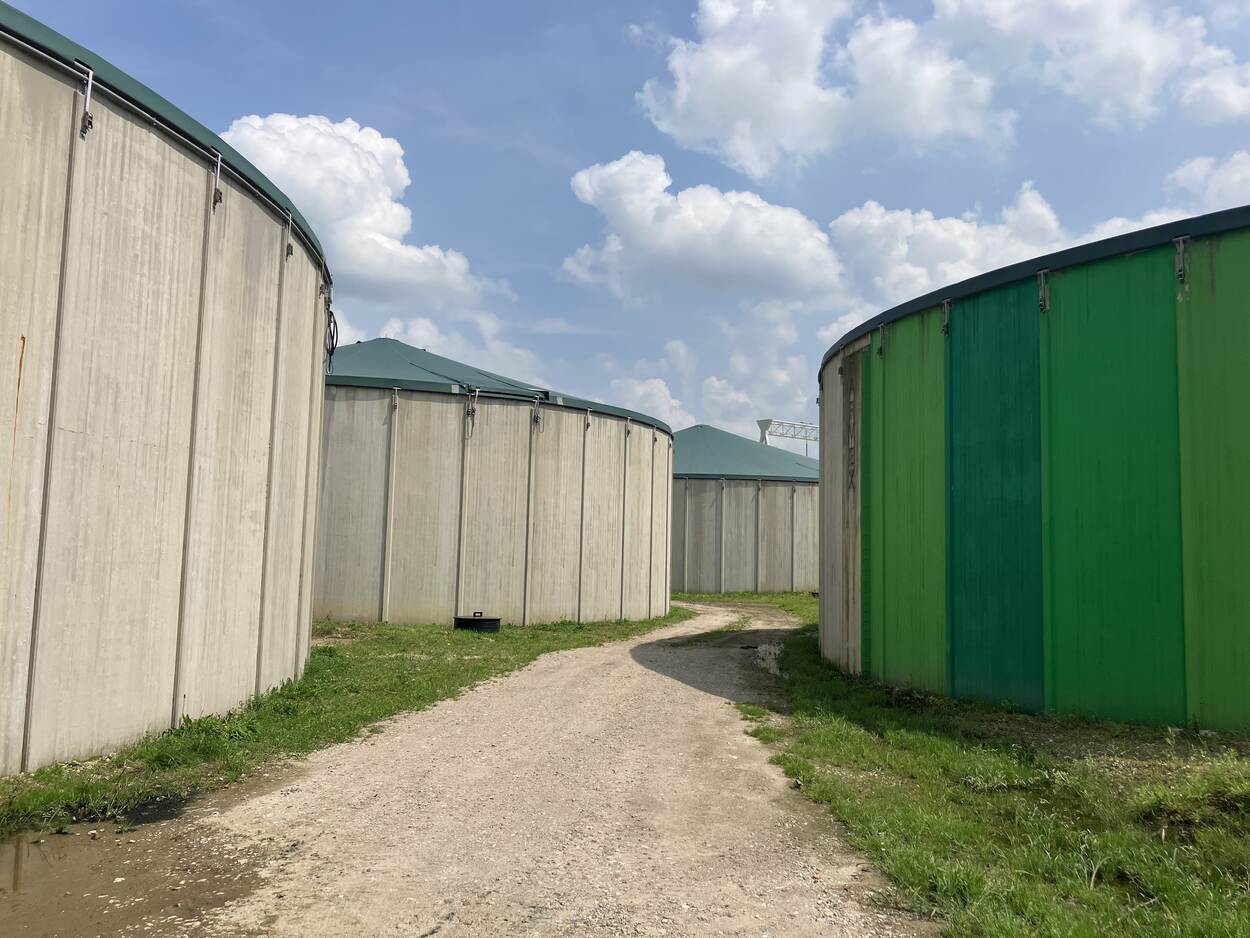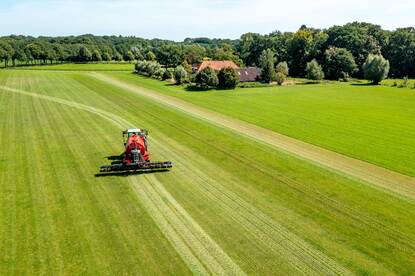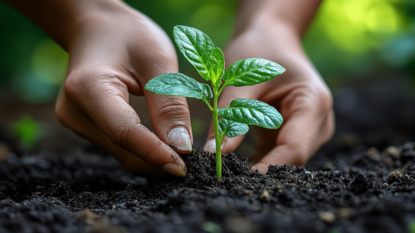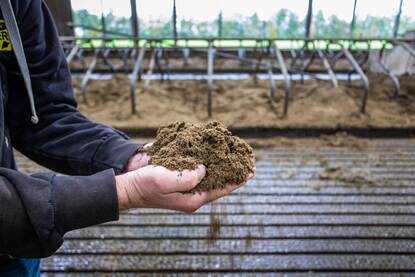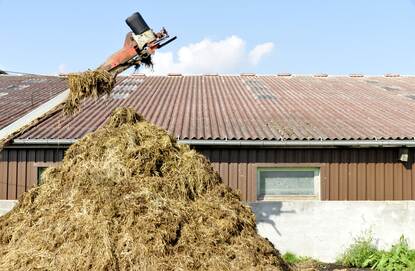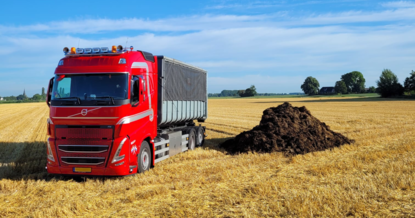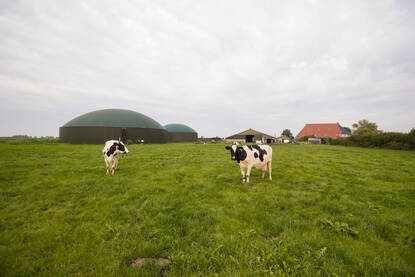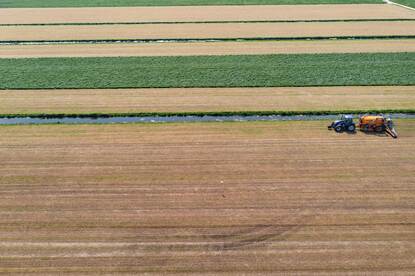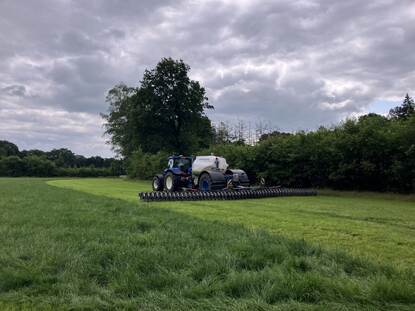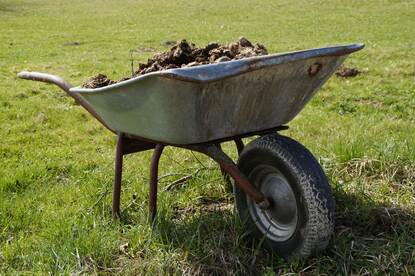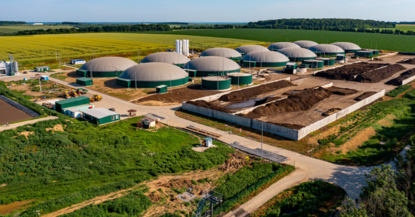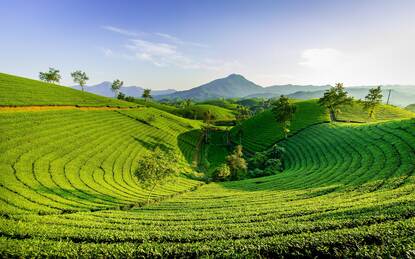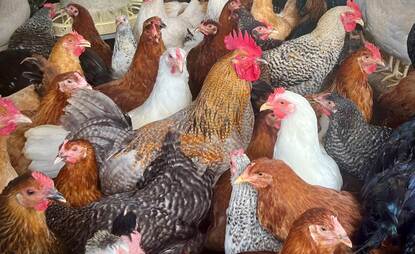Foto NCM
For many years, Germany has been the most important export destination for Dutch manure. In recent years, however, the amount of manure exported to Germany has decreased. Nevertheless, the German market remains crucial for the Netherlands. In this article, the Netherlands Agricultural Network (LAN) team in Germany, based at the Dutch Embassy in Berlin, explores the trends and factors influencing the German manure market. To strengthen the partnership with German stakeholders, they also discuss challenges related to market integration, innovation, and organization.
Like the Netherlands, Germany is facing environmental challenges due to high nitrogen surpluses in agriculture. Additionally, most of the manure exported from the Netherlands to Germany has been directed to regions already dealing with the highest nitrogen surpluses and elevated nitrate concentrations in groundwater.
Too much nitrate in German groundwater
Nitrate concentrations in German groundwater have exceeded acceptable levels in many areas. In 2016, the European Commission initiated an infringement procedure against Germany, after several warnings dating back to 2012 regarding violations of the Nitrates Directive. To avoid hefty fines, Germany introduced a package of measures. These included designating larger nitrate-polluted areas (known as ‘Rote Gebiete’, see Figure 1), requiring a farm gate balance for nitrogen, and implementing a monitoring law to evaluate policy on nitrate levels. Although the infringement procedure was recalled in 2023, the legislative changes are still in development and are expected to be finalized after the national elections, which took place in February 2025.
Stricter regulations for manure transports
As manure transport increases and EU Nitrates Directive compliance becomes more critical, new federal and state legislation has been introduced in Germany. This legislation includes additional administrative requirements for manure imports and restrictions on manure application. Manure transport is regulated by the federal states, with regional online reporting systems that register all manure transport. As a result of these stricter policies, manure imports from the Netherlands to Germany have decreased by 50% since 2016 (see Figure 2). Most remaining exports still go to the border region. Meanwhile, exports from regions like North Rhine-Westphalia and Lower Saxony to other regions in Germany or to other countries have almost doubled (see Figure 3).

Manure as a valuable resource, when distributed accordingly
Germany imports manure from and exports manure to neighboring countries. It also has a strong internal market for organic fertilizers. As agriculture in Germany has large regional differences in cattle density – the highest densities are in the southeast and northwest of the country – there are similar differences in nitrogen surpluses.
In regions with large-scale arable farming, manure is valuable for improving soil quality. Especially when chemical fertilizer prices are high, manure becomes more valuable. Thus, the distribution of manure helps solve the country's nitrogen surpluses.
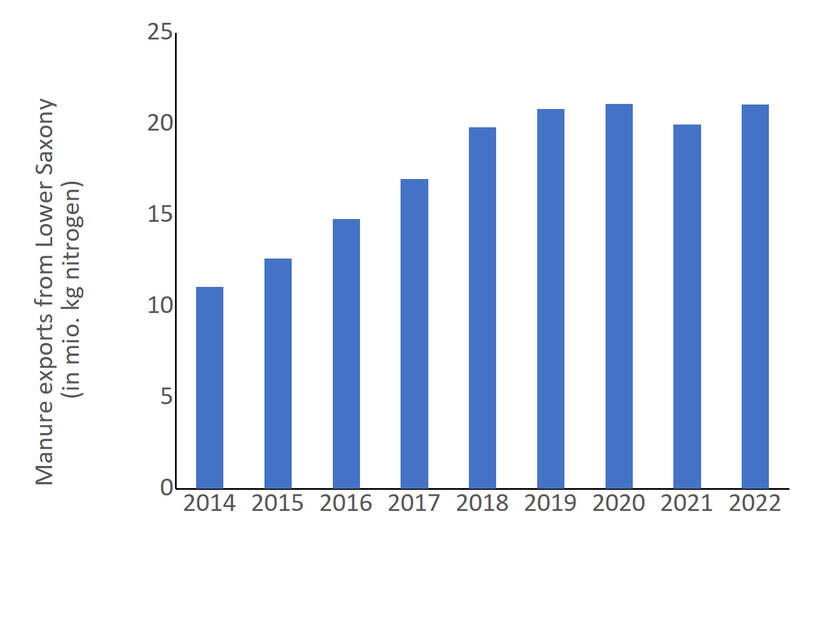
Germany has a vivid internal market for animal manure: manure exports from the state with highest cattle density, Lower Saxony, to other parts of Germany have doubled since 2014, which helped this region to curb trends in regional nitrogen surpluses.
Market organization: online manure trading platforms
Some farmers need animal manure, others have it. To enhance trade in animal manure in Germany, there are several online manure trading platforms to organize supply and demand. Some of these are regional and some are funded by the government.
Examples of online manure trading platforms in Germany:
North Rhine-Westphalia: Nährstoffbörse, https://www.naehrstoffboerse.de.
Bavaria: Güllebörse, https://www.bayerischerbauernverband.de/guelleboerse.
National: Güllemarkt24, https://www.guellemarkt24.de.
The importance of innovation
Innovative technologies and value chains are being developed to turn animal manure into a high-quality, sustainable organic fertilizer. This makes it easier to apply and transport over longer distances. The LAN team in Germany supports Dutch-German collaboration for innovation and business development. This is part of the innovation agenda of the Dutch national consortium on accelerating the transition towards more sustainable animal husbandry.
The European Fertilizing Products Regulation is an important EU instrument that sets quality standards for manure products. This can help develop market innovations and new value chains. Important for the German market is that more than 30% of animal manure is fermented in the more than 9,000 biogas plants. Generating biogas from animal manure is an important part of the German climate policy and leads to an estimated annual reduction of 7.5 million tons of CO2 equivalents in methane emissions. As a result, innovative solutions for the digestate market are needed.

Dutch-German efforts to improve manure transports
Since 2012, authorities from North Rhine-Westphalia, Lower Saxony, and the Netherlands have worked together to improve manure transport monitoring and administration. Saxony-Anhalt joined in 2015. They signed a Memorandum of Understanding to improve data exchange on cross-border manure transport. Since then, all Dutch exports must be reported to the Netherlands Enterprise Agency (RVO). This collaboration aims to better monitor the nitrogen trade balance: the export from the Netherlands and the import on farm level in Germany.
The LAN team in Germany provides Dutch stakeholders – i.e. those involved in policy development, research, and businesses – with important information, such as market insights, and organizes fact-finding missions. In 2015, the team and experts recommended exploring the manure market in regions with large arable farming further away from the border, such as Saxony-Anhalt and Mecklenburg-Vorpommern. This was followed by a market analysis and followed up with a fact-finding mission in 2017. Since 2014, only a slight shift took place from the importance of export destinations in the Dutch-German border region to destinations further away (see Figure 5).
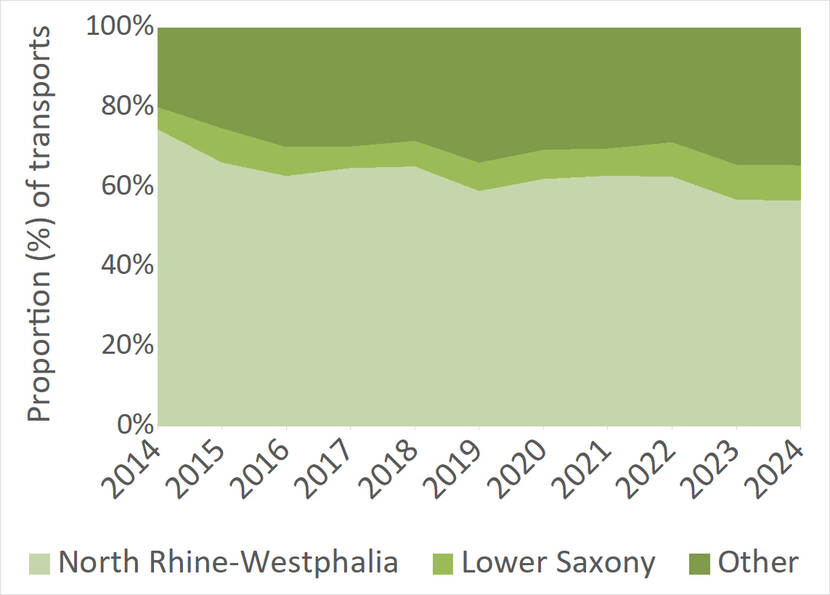
Dutch national challenges affect market opportunities
The Dutch-German manure trade is also affected by factors in the Netherlands. In 2022, the conditions for manure export were ideal: high chemical fertilizer prices in Germany and high disposal prices in the Netherlands. Despite this, the net value of dairy slurry in German arable regions was only €2.22 per cubic meter. Even with manure disposal costs in the Netherlands above €35 per cubic meter, transporters often needed to have cargo to transport back to avoid driving with empty trucks. This still made exporting manure over long distances unattractive.
According to a questionnaire among members of the Dutch sector organization Cumela, new and slightly different reporting requirements in the sixteen German states are an additional barrier to developing a business network beyond the Dutch border. Most federal states have fully digitalized the obligatory registration and reporting system to make the manure trade easier.
‘Dutch-German collaboration can help build a modern, integrated European manure market’
Future challenges and opportunities for Dutch-German collaboration
The German manure market is large but saturated, especially near the Dutch-German border. The potential to export animal manure to other regions further from the Netherlands depends on various dynamic factors. These include chemical fertilizer prices, manure disposal costs in the Netherlands, the affordability of new technologies, and whether arable farmers prefer organic fertilizers over chemical fertilizers.
One thing is certain: the German manure market will remain an important export destination for the Netherlands, and Dutch-German collaboration can help build a modern, integrated European manure market. To overcome barriers, collaboration and networks are essential.
More information
Would you like to know more about market development activities in Germany and expand your knowledge on the manure market and networks? You can go to the country page of Germany at the website Agroberichtenbuitenland.nl of the Dutch Ministry of Agriculture, Fisheries, Food Security and Nature. You can also send an email to the LAN team at the Dutch Embassy in Berlin: bln-lvvn@minbuza.nl.
